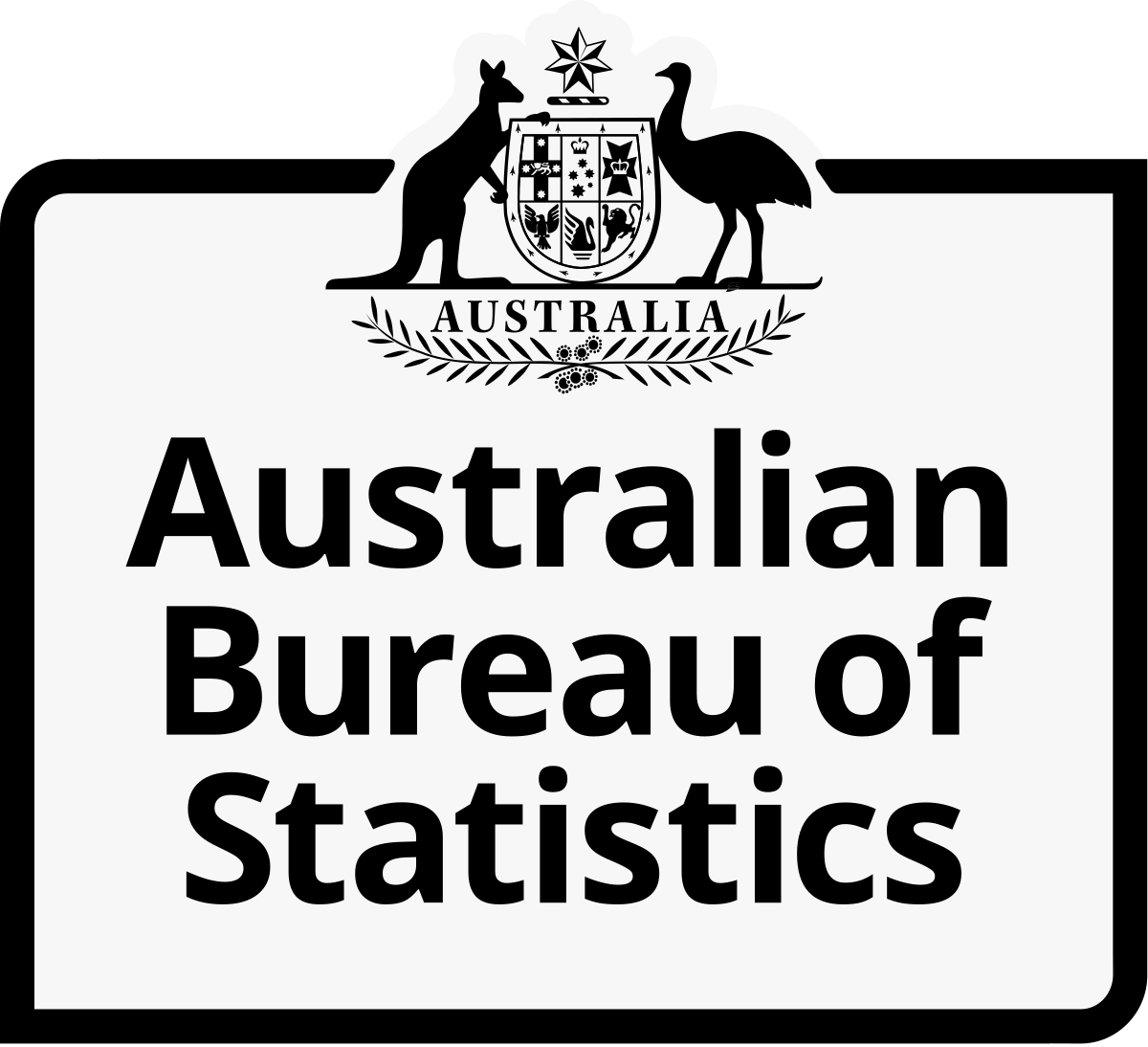Customer Success Story
Australian Bureau of Statistics
About the Australian Bureau of Statistics
The Australian Bureau of Statistics (ABS) is the national statistical agency and an official source of independent, trusted information. It prides itself on telling the real story of Australia, its economy and its people by bringing life and meaning to numbers.
In 2022, ABS expanded its partnership with DAS (Digital Agriculture Services) to help reduce the burden on farmers when gathering statistics. The ABS sought to combine other existing administrative data with ready-to-use, region-rich & detailed Earth Observation (EO) datasets to:
- Ensure its team could produce statistics at a faster pace and with greater regional detail
- Better support decision making by industry & government, including in biosecurity

A need for alternative data collection methods
The ABS' main method for gathering agricultural data from Australian farmers is through its agricultural census, but because it is only undertaken every five years it doesn’t capture changes in production at the regional level which are driven by climate or natural disasters. The ABS asks more than 100,000+ farmers to voluntarily respond to the survey in order to produce the statistics that inform important decisions affecting Australia's agricultural industry, so it is not feasible to run this collection every year.
While realising the intrinsic importance of the agricultural census to communicate farmer views at a community level, the need for a more frequent cadence of information about Australia’s agriculture was imperative for the future.
"When the data that DAS provides is combined with other data sources it alleviates the need for the agricultural census and annual surveys, which reduces the burden on farmers to fill out the survey and means they get their precious time back. This is why working with DAS is great for ABS"
- Rob Walter
Director of the Agriculture Statistics program, ABS
Why DAS?
DAS provides the ABS with crop area planted data and production estimates at high granularity (Mesh Block level) for 10 winter crop types. The data provided by DAS is derived from satellite imagery in conjunction with machine learning capabilities to understand Australia’s crops at a level of detail and frequency that the ABS could not previously provide.

“DAS has the information, EO processing and storage power needed to build the Machine Learning processes that are required to understand crop behaviour—its a better use of public resources for us to work with DAS and integrate this information with other existing data to create the statistics needed for good decision making," said Rob Walter.



